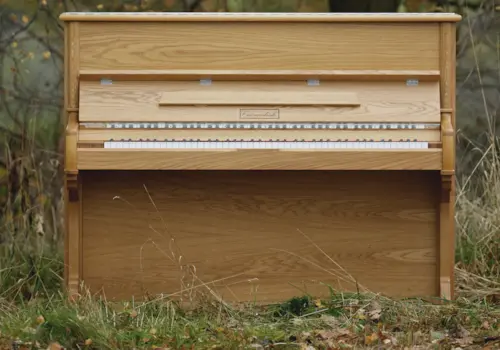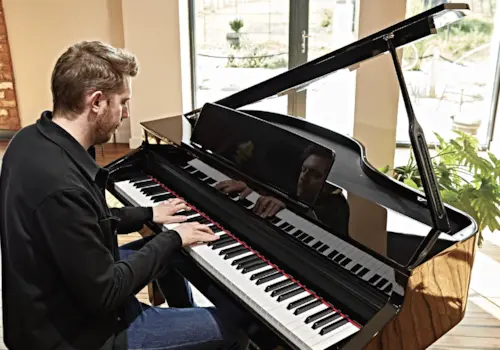Melanie Spanswick returns with more fantastic top tips.
Warming up before you practise is important, especially before negotiating large chords or octave patterns. Warm-ups don't need to last a long time; 3-5 minutes is ample. Here are a few ideas to add to your pre-practice routine:
1. Before you start, stretch out your arms, hands and then fingers, one by one, and encourage your wrists to make circular motions in the air (away from the keyboard). Flexibility and freedom during practice can be helped by freeing and relaxing the muscles beforehand.
2. As you put your hands on the keys, play a triad (one in each hand), slowly, allowing your fingers to sink into the keys. Repeat this with different keys and chord shapes. I like to play diminished sevenths as they fit my hand comfortably.
3. Now start playing scalic patterns; again, very slowly, allowing the tips of the fingers to play deep into the key-bed. You could begin with five-finger note patterns, hands separately, then play them in unison.
4. Move on to a few scales. Once you've played several two-octave similar motion scales (in different keys), work with various touches: legato, non-legato, staccato, martellato, etc. If the wrists make small rotational movements after each note (when playing slowly), this will be a helpful way to keep flexible and tension free.
5. End with a few arpeggios and broken chords. Select your keys and work carefully, observing the movement required to play each note with an even sound (and pulse). Keep arms moving freely, guiding the hands and fingers during the larger intervals. When warming-up, slow speeds are much more beneficial.
You could now move on to exercises such as those by Hanon, Cramer or Czerny, working on technique, or you may just want to dive into your pieces!







